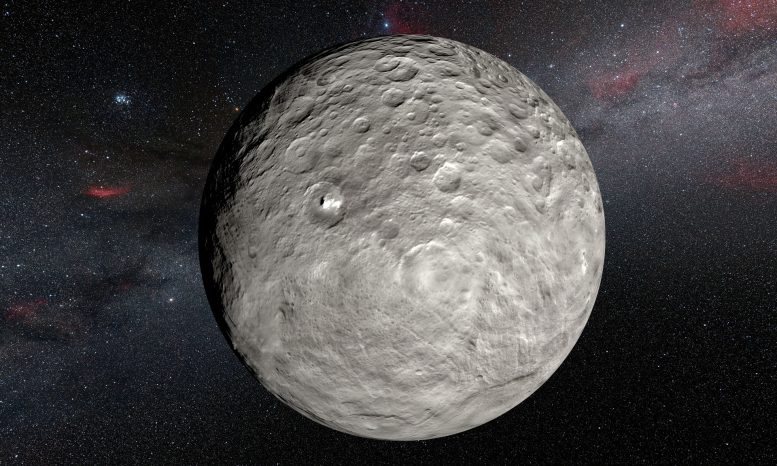
This artist’s impression is based on a detailed map of the surface compiled from images taken from NASA’s Dawn spacecraft in orbit around the dwarf planet Ceres. It shows the very bright patches of material in the crater Occator and elsewhere.
New observations of the bright spots on Ceres reveal daily changes on these spots, suggesting that they change under the influence of sunlight as Ceres rotates.
Observations made using the HARPS spectrograph at ESO’s La Silla Observatory in Chile have revealed unexpected changes in the bright spots on the dwarf planet Ceres. Although Ceres appears as little more than a point of light from the Earth, a very careful study of its light shows not only the changes expected as Ceres rotates, but also that the spots brighten during the day and also show other variations. These observations suggest that the material of the spots is volatile and evaporates in the warm glow of sunlight.
Ceres is the largest body in the asteroid belt between Mars and Jupiter and the only such object classed as a dwarf planet. NASA’s Dawn spacecraft has been in orbit around Ceres for more than a year and has mapped its surface in great detail. One of the biggest surprises has been the discovery of very bright spots, which reflect far more light than their much darker surroundings. The most prominent of these spots lie inside the crater Occator and suggest that Ceres may be a much more active world than most of its asteroid neighbors.
The new and very precise observations using the HARPS spectrograph at the ESO 3.6-meter (12-foot) telescope at La Silla, Chile, have not only detected the motion of the spots due to the rotation of Ceres about its axis, but also found unexpected additional variations suggesting that the material of the spots is volatile and evaporates in sunlight.
The lead author of the new study, Paolo Molaro, at the INAF–Trieste Astronomical Observatory, takes up the story: “As soon as the Dawn spacecraft revealed the mysterious bright spots on the surface of Ceres, I immediately thought of the possible measurable effects from Earth. As Ceres rotates the spots approach the Earth and then recede again, which affects the spectrum of the reflected sunlight arriving at Earth.”
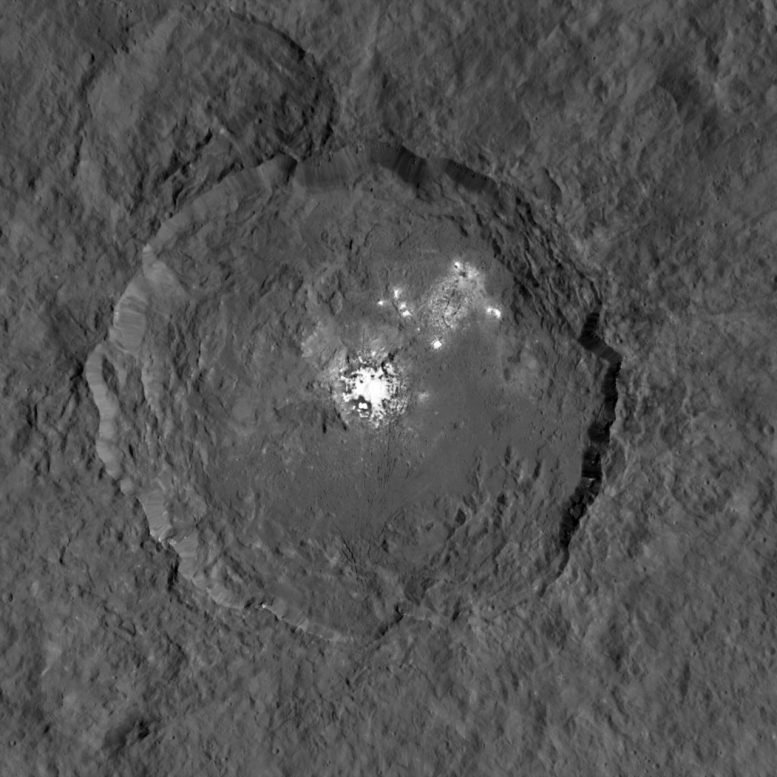
This image taken from NASA’s Dawn spacecraft in orbit around the dwarf planet Ceres shows the very bright patches of material in the crater Occator and elsewhere.
Ceres spins every nine hours and calculations showed that the effects due to the motion of the spots towards and away from the Earth caused by this rotation would be very small, of order 20 kilometers (12 miles) per hour. But this motion is big enough to be measurable via the Doppler effect with high-precision instruments such as HARPS.
The team observed Ceres with HARPS for a little over two nights in July and August 2015. “The result was a surprise,” adds Antonino Lanza, at the INAF–Catania Astrophysical Observatory and co-author of the study. “We did find the expected changes to the spectrum from the rotation of Ceres, but with considerable other variations from night to night.”
The team concluded that the observed changes could be due to the presence of volatile substances that evaporate under the action of solar radiation. When the spots inside the Occator crater are on the side illuminated by the Sun they form plumes that reflect sunlight very effectively. These plumes then evaporate quickly, lose reflectivity, and produce the observed changes. This effect, however, changes from night to night, giving rise to additional random patterns, on both short and longer timescales.
If this interpretation is confirmed Ceres would seem to be very different from Vesta and the other main belt asteroids. Despite being relatively isolated, it seems to be internally active. Ceres is known to be rich in water, but it is unclear whether this is related to the bright spots. The energy source that drives this continual leakage of material from the surface is also unknown.
Dawn is continuing to study Ceres and the behavior of its mysterious spots. Observations from the ground with HARPS and other facilities will be able to continue even after the end of the space mission.
This artist’s impression video is based on a detailed map of the surface compiled from images taken from NASA’s Dawn spacecraft in orbit around the dwarf planet Ceres. It shows the very bright patches of material in the crater Occator and elsewhere.
Reference: “Daily variability of Ceres’ Albedo detected by means of radial velocities changes of the reflected sunlight” by P. Molaro, A. F. Lanza, L. Monaco, F. Tosi, G. Lo Curto, M. Fulle and L. Pasquini, 7 February 2016, MNRAS Letters.
DOI: 10.1093/mnrasl/slw017
arXiv:1602.03467


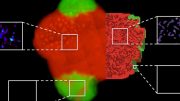


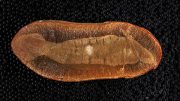
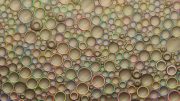


Why don’t you pull your head out of the sand and study electrical discharges?